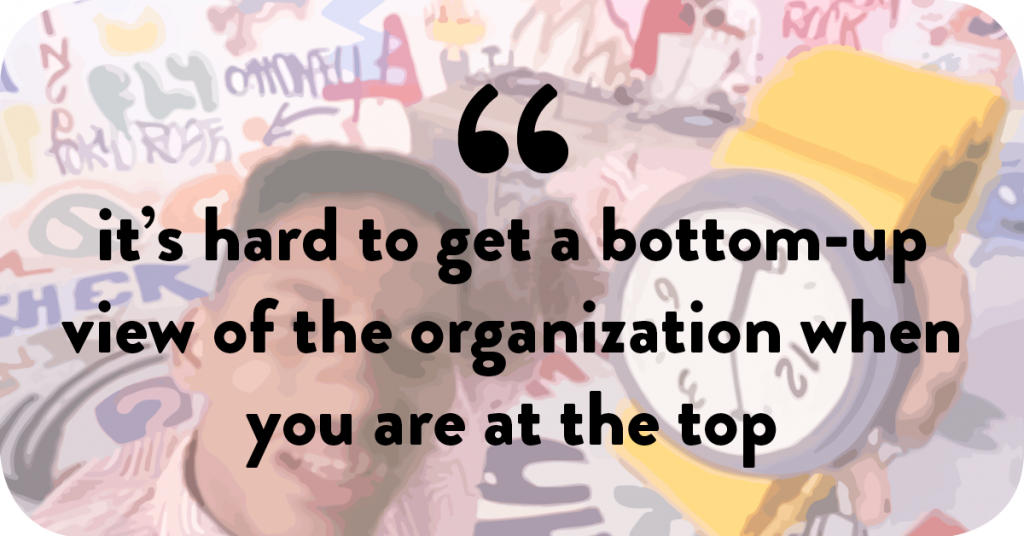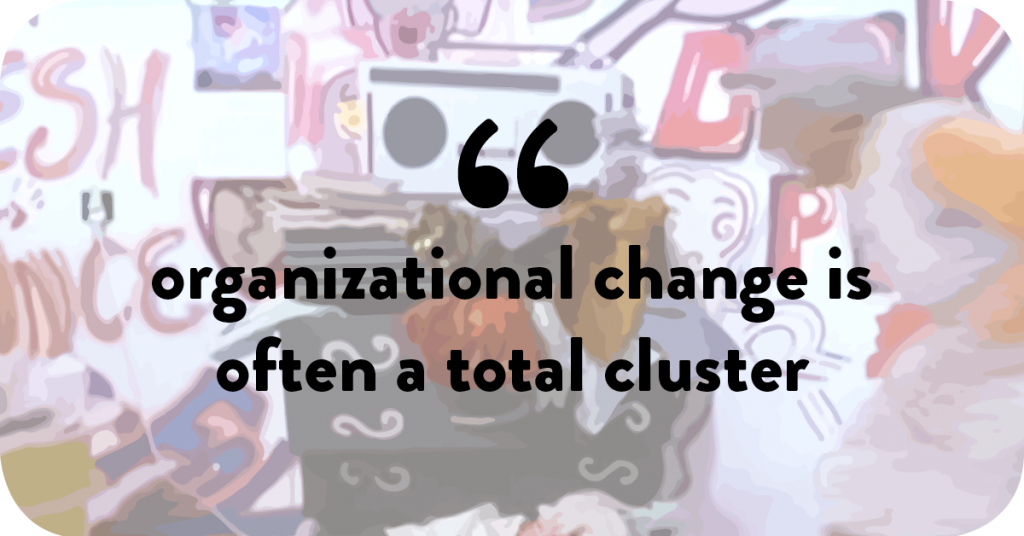
All the best books of business advice in the world can’t break through the realities of corporate culture. So often the suggestions made by research and common sense vanish the second someone passes through the office doors. Even the most outwardly progressive companies suffer from serious strains of Dilbert, especially when it comes to how the people at the top of the ladder interact with the people on the bottom rungs.
Vikas Narula has seen his fair share of Dilbert, both as an employee in the corporate world and as the founder of Keyhubs, a service that assesses these pitfalls for hundreds of companies. We asked him to share their clients’ most common issues and explain the solutions to better understanding the informal networks that shape how work is actually done.

MYTH: Hierarchical leaders have all the influence and authority. Their status and title automatically grants them the power to influence.
Informal networks teach us that influence is not a top-down phenomenon. A person’s ability to influence comes from their sincere and genuine effort to help, develop, and care for those around them, regardless of their place in the hierarchy. Positive influencers are not just good at managing up—they’re good at managing down and sideways too.
MYTH: Senior leaders know who the influencers are.
Keyhubs’ work demonstrates that leaders aren’t good at identifying key influencers and talent. It’s hard to get a bottom-up view of the organization when you are at the top. We help to bridge that divide, by crowdsourcing the influence and relationship dynamics across and throughout all levels of the the organization.

MYTH: Leaders know when to promote from the outside and when to promote from within.
Leaders often pick the wrong people for important roles because they base their decisions on a few top-down (mis)perceptions, rather than data or crowdsourced wisdom. Informal networks bring clarity to this problem and help make better people decisions.
MYTH: Leaders’ long view means they’re good at directing organizational change.
Organizational change is often a total cluster. What people see and feel in the trenches is completely different from what executives are told. This chasm creates all sorts of negative side effects and corporate whiplash. Informal networks help leaders cross this chasm and act with a more holistic view.

Companies will often reorganize for the wrong reasons and do so in way that rips the vital social fabric that is actually contributing to positive outcomes. Informal networks help leaders see where there is strong collaboration and opportunities for collaboration, so that reorgs can happen with purpose and insight, building on the relationship connections that have been nurtured over many years.